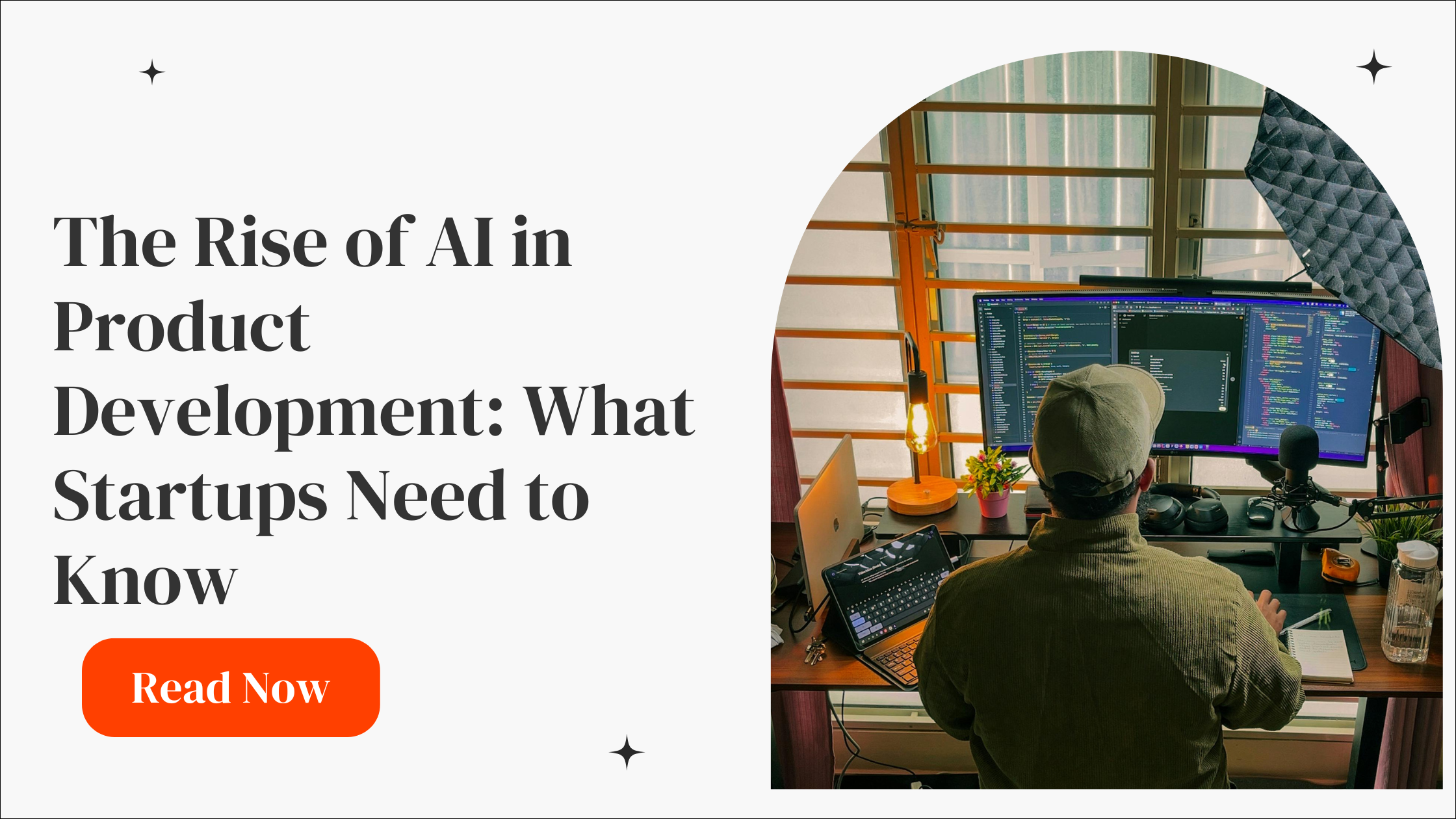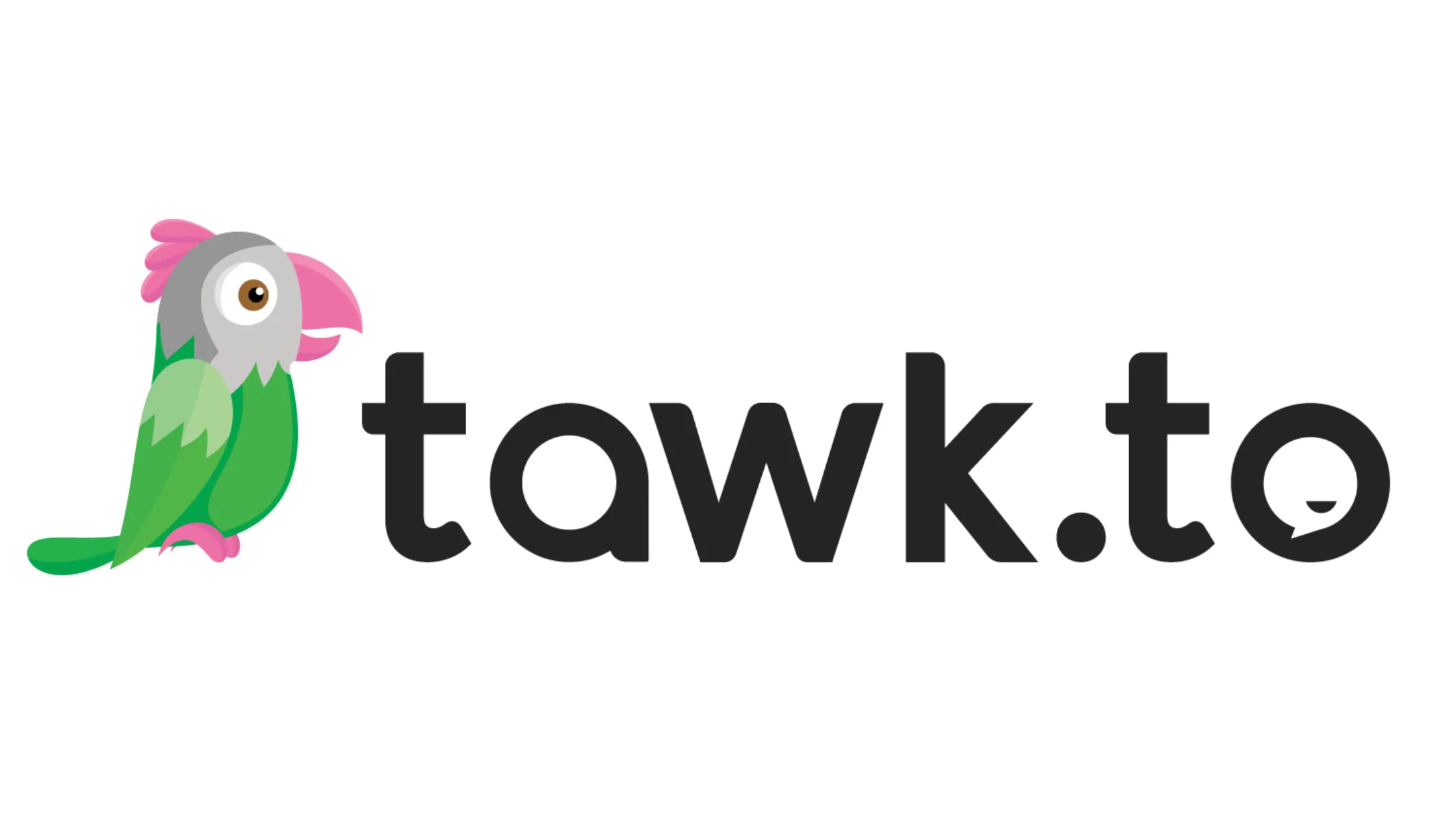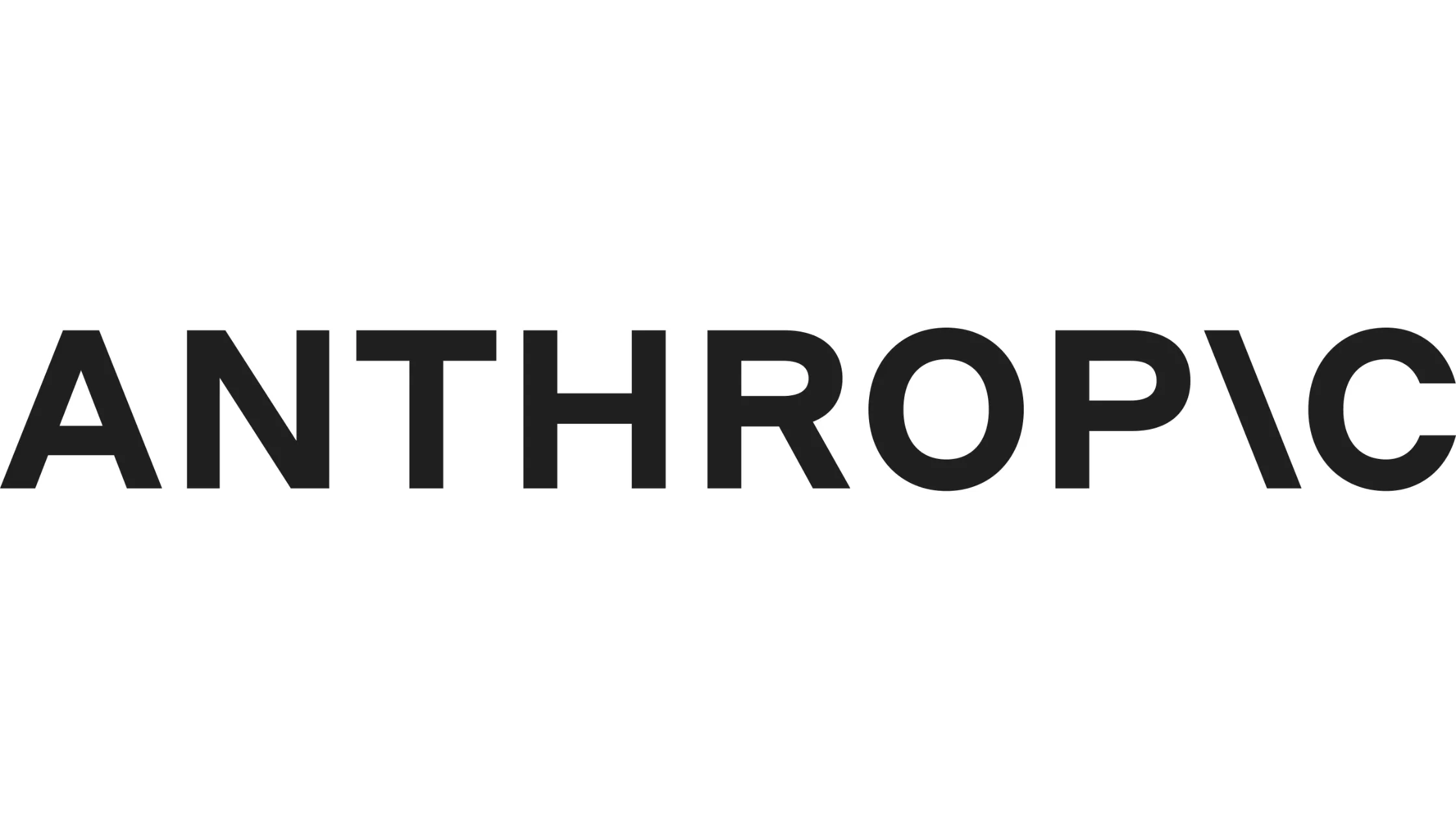
What is a Business Model Canvas (BMC)?
Learn how to use the Business Model Canvas to plan your startup's strategy effectively. A beginner-friendly guide for founders.
So, you’ve got a fantastic idea and a burning desire to launch your startup. But now comes the big question: How do you transform that idea into a sustainable business? That’s where the Business Model Canvas comes in. If you’re new to this term, don’t worry—you’re in the right place. I’m Sinan Sari, a startup founder and CTO, and I’m here to break down this essential tool in a way that’s easy to grasp. Let's walk through the Business Model Canvas together, so you can start building a business, not just a product.
What is the Business Model Canvas?
The Business Model Canvas (BMC) is a strategic tool used to develop and visualize your business model. Created by Alexander Osterwalder and Yves Pigneur, it’s a one-page document divided into nine sections that help you think through all aspects of your business. Think of it as a cheat sheet for crafting your strategy—covering everything from who your customers are to how you’ll make money.
Why Should You Use the Business Model Canvas?
- Simplicity: It condenses a lot of complex business planning into a single page.
- Flexibility: You can quickly adapt or pivot your business model as new information or market conditions emerge.
- Visibility: It provides a clear, visual representation of your entire business, making it easier to spot gaps or weaknesses.
- Focus: It helps you prioritize what's most important by forcing you to articulate each key aspect of your business clearly.
The Nine Building Blocks of the Business Model Canvas
Let’s dive into each of the nine sections of the Business Model Canvas and discuss why they matter for your startup.
1. Customer Segments
This is where you define who you are creating value for. Your customers could be individuals, businesses, or even a specific niche. The key here is to be as specific as possible. If you’re targeting everyone, you’re targeting no one.
Questions to consider:
- Who are our most important customers?
- What are their characteristics, behaviors, and needs?
2. Value Propositions
Your value proposition is what makes your product or service unique. It’s the reason why customers will choose you over the competition. This could be anything from superior functionality to an outstanding customer experience.
Questions to consider:
- What problem are we solving, or what need are we fulfilling?
- Why will customers prefer our solution over others?
3. Channels
These are the methods you’ll use to reach your customer segments. Channels include everything from your website and social media to brick-and-mortar stores or sales representatives.
Questions to consider:
- Through which channels do our customers want to be reached?
- How do these channels integrate into their routines?
4. Customer Relationships
This section describes the type of relationship you want to establish with each customer segment. Are you looking for a hands-on approach, or do you aim for self-service through automation?
Questions to consider:
- What type of relationship do customers expect?
- How will we build and maintain these relationships?
5. Revenue Streams
How will your startup make money? This section covers all the ways your business will earn revenue, from direct sales to subscription models, licensing fees, or advertising.
Questions to consider:
- What are customers really willing to pay for?
- How would they prefer to pay?
6. Key Resources
These are the assets essential for your business model to work—things like financial resources, human talent, intellectual property, or physical equipment. Think of this as the inventory of what you need to succeed.
Questions to consider:
- What key resources do our value propositions require?
- Which resources are most critical for our channels, customer relationships, and revenue streams?
7. Key Activities
Key activities refer to the most important tasks or actions your business needs to undertake to deliver on your value proposition, reach your customers, and generate revenue.
Questions to consider:
- What are the crucial actions we must take to succeed?
- How can we optimize these activities for efficiency?
8. Key Partnerships
Who are the suppliers, partners, or other entities that will help your startup succeed? This could be vendors, strategic alliances, or even co-founders who bring essential skills to the table.
Questions to consider:
- Which partnerships are critical for our business?
- How can we strengthen these partnerships?
9. Cost Structure
This is where you detail the costs and expenses needed to operate your business. Understanding your cost structure is vital for maintaining profitability and ensuring your pricing strategy aligns with your financial goals.
Questions to consider:
- What are the most significant costs inherent to our business model?
- Which key resources and activities are most expensive?
How to Use the Business Model Canvas Effectively
Start with a Blank Canvas
Grab a blank copy of the Business Model Canvas. Use sticky notes or a whiteboard to fill out each section. This approach allows you to easily move things around, make changes, and involve your team in brainstorming sessions.
Focus on Hypotheses, Not Facts
When you're just starting, treat each section as a hypothesis rather than a certainty. Remember, you’re likely operating in a space of high uncertainty, so the BMC should evolve as you learn more about your market and customers.
Iterate, Iterate, Iterate
Use the BMC as a living document. Revisit it frequently—especially when you gain new insights from customer feedback, market research, or shifts in the industry landscape. As your startup grows, your business model will need to adapt.
Common Mistakes to Avoid with the Business Model Canvas
- Being Too Vague: Make sure each section is detailed enough to be actionable. Saying you target “everyone” or provide “great value” isn’t specific enough.
- Ignoring Your Customers: Don’t just assume you know what your customers want. Use customer interviews, surveys, and direct feedback to validate your assumptions.
- Neglecting Costs: It’s easy to overlook costs, but doing so can lead to unpleasant surprises down the line. Be thorough in estimating all expenses, including hidden or unexpected costs.
The Business Model Canvas is an invaluable tool for startup founders. It provides a clear, concise way to visualize your business, adapt to changes, and align your team around a common strategy. At Horizon-Labs.co, we’ve seen first-hand how using the BMC can transform an idea into a scalable, successful business. If you’re ready to dive deeper into your startup journey, reach out to us.
How Horizon Labs Can Help
At Horizon Labs, we specialize in guiding startups through every stage of their growth, from crafting initial prototypes to scaling for market success. Whether you’re struggling with your Business Model Canvas or need help building a tech product, we’re here to help you cut through the complexity and get things done—better, faster, and cheaper than anyone else.
Contact us at info@horizon-labs.co or schedule a call at https://www.horizon-labs.co/contact to see how we can build your tech, so you can focus on building your dream.
Frequently Asked Questions (FAQs) about Business Model Canvas:
Q: What is the main difference between a Business Model Canvas and a traditional business plan?
A: A Business Model Canvas is a one-page visual framework that focuses on key components of your business model, such as customer segments, value propositions, and revenue streams. It is designed for quick iteration and adaptation. In contrast, a traditional business plan is a more detailed document, often spanning multiple pages, that outlines the operational, financial, and strategic aspects of a business. The BMC is ideal for startups needing agility, while a business plan may be more suitable for established businesses seeking financing or strategic alignment.
Q: Can the Business Model Canvas be used by non-profit organizations?
A: Absolutely. The Business Model Canvas is flexible enough to be adapted for non-profits. Instead of focusing on profits, non-profits can use the BMC to articulate their value proposition, identify key stakeholders (like donors and beneficiaries), and outline how they will create impact. The cost structure and revenue streams sections can be modified to focus on funding sources, grants, donations, and operational costs.
Q: How often should a startup founder revisit their Business Model Canvas?
A: It’s recommended to revisit your Business Model Canvas regularly, especially during the early stages of your startup. Aim to review it at least once a month or whenever there is a significant change in market conditions, customer feedback, or your startup’s objectives. The BMC should be a living document that evolves as your startup grows and learns.
Q: Are there any digital tools available to create and manage a Business Model Canvas?
A: Yes, several digital tools are available for creating and managing a Business Model Canvas. Some popular options include Miro, Canva, Strategyzer, and Lucidchart. These tools offer templates, collaboration features, and integrations with other platforms, making it easier for teams to work together, make updates, and track changes over time.
Q: What are some common mistakes founders make when using the Business Model Canvas?
A: Common mistakes include being too vague in defining customer segments or value propositions, treating assumptions as facts without validation, failing to iterate the canvas regularly, and not considering all potential revenue streams or cost factors. It's important to approach the BMC as a dynamic, iterative tool rather than a one-time exercise.
Q: Can the Business Model Canvas be integrated with other strategic tools?
A: Yes, the Business Model Canvas works well alongside other strategic tools like the Lean Canvas, SWOT analysis, and Value Proposition Canvas. For instance, the Lean Canvas adds a focus on problem-solving and risk management, while the SWOT analysis provides insight into your startup's strengths, weaknesses, opportunities, and threats. Combining these tools can give a more comprehensive view of your business strategy.
Q: Is the Business Model Canvas suitable for all types of startups?
A: The Business Model Canvas is versatile and can be used by various types of startups, whether you’re building a tech platform, launching a new e-commerce store, or developing a SaaS product. However, the specific content within each section will vary based on your industry, business model, and market dynamics. The key is to customize the canvas to reflect your unique business context.
Q: How does the Business Model Canvas help in understanding a startup’s risk profile?
A: The Business Model Canvas helps identify and evaluate various risks by breaking down your business into its core components, such as customer segments, key activities, and cost structure. By mapping out each element, you can identify potential vulnerabilities, like reliance on a single customer segment or over-dependence on key partners. This visibility allows founders to prioritize risk management efforts and develop contingency plans.
Q: Can the Business Model Canvas be used to evaluate competitors?
A: Yes, you can use the Business Model Canvas to analyze competitors by filling out a canvas for each competitor. This process allows you to see how their business model differs from yours in areas like value propositions, customer relationships, or revenue streams. Understanding these differences can help you identify competitive advantages, potential market gaps, or areas for differentiation.
Q: How does the Business Model Canvas aid in securing funding from investors?
A: The Business Model Canvas can be a valuable tool when pitching to investors because it provides a concise overview of how your startup intends to create, deliver, and capture value. It helps investors quickly grasp your business concept, market opportunity, and financial viability without needing to wade through a lengthy business plan. A well-thought-out canvas demonstrates clarity of vision and a strong grasp of the business model, which can boost investor confidence.
Q: Can the Business Model Canvas be used in conjunction with agile development methodologies?
A: Yes, the Business Model Canvas aligns well with agile development methodologies. Both emphasize rapid iteration, continuous learning, and adaptability. The BMC provides a framework for defining the business aspects, while agile methodologies like Scrum or Kanban focus on the iterative development of the product. As you receive feedback from customers and stakeholders, both the BMC and your development approach can evolve in tandem.
Q: How do I validate the assumptions made in the Business Model Canvas?
A: To validate the assumptions in your Business Model Canvas, you should engage in customer discovery and validation activities, such as conducting interviews, surveys, or focus groups. Additionally, use A/B testing, landing page experiments, and MVP (Minimum Viable Product) launches to gather real-world data. The goal is to replace assumptions with validated learning by testing each element of the canvas against actual customer behavior and market conditions.
Q: Is it necessary to fill out all sections of the Business Model Canvas?
A: While it’s ideal to complete all sections of the Business Model Canvas to have a comprehensive view of your business model, some sections may not be immediately relevant, especially in the early stages. However, understanding and addressing each section eventually is crucial for a well-rounded strategy. Start with the most critical areas and expand as your startup evolves.
Q: How can I ensure that my team stays aligned using the Business Model Canvas?
A: Regularly reviewing and updating the Business Model Canvas with your team fosters alignment by ensuring everyone has a clear understanding of the business's direction and priorities. Encourage open discussions during these sessions to address any discrepancies or new insights. You can also make the canvas a living document shared across the organization, ensuring transparency and ongoing collaboration.
Q: What is the best way to present the Business Model Canvas to stakeholders?
A: When presenting the Business Model Canvas to stakeholders, focus on clarity and conciseness. Use visual aids, such as color-coded sections, icons, or infographics, to make the content more engaging. Highlight the most critical elements and emphasize how each section contributes to the overall business strategy. Tailor your presentation to the audience, focusing on the areas most relevant to their interests or concerns.
Q: Can the Business Model Canvas help with product-market fit?
A: Absolutely. The Business Model Canvas helps identify and articulate the value proposition, customer segments, and channels, which are crucial elements in achieving product-market fit. By continuously testing and iterating these components based on customer feedback and market conditions, you can refine your product offering to better meet the needs and expectations of your target audience, increasing the likelihood of achieving product-market fit.
Q: How can the Business Model Canvas support international expansion?
A: The Business Model Canvas can be particularly useful when considering international expansion by helping you analyze and adapt your business model to new markets. It allows you to identify any changes needed in customer segments, value propositions, channels, and cost structures to cater to different cultural, regulatory, and competitive landscapes. This clarity ensures that your expansion strategy is both targeted and effective.
Need Developers?
We help companies build ideas into apps their customers will love (without the engineering headaches).
















For Startups & Founders
We've been founders ourselves and know how valuable the right communities, tools, and network can be, especially when bootstrapped. Here are a few that we recommend.

Mistakes to Avoid When Building Your First Product
Learn the key mistakes founders make when building their first product—and how to avoid them for a faster, smoother launch.
Read more
The Rise of AI in Product Development: What Startups Need to Know
Learn how AI is transforming product development for startups. From MVPs to scaling, here’s what founders need to know in today’s AI-driven world.
Read more
No-Code vs. Custom Development: Which is Right for Your Startup?
Weighing no-code vs. custom development? Learn which is right for your startup depending on stage, budget, and product complexity.
Read more
What is Mixpanel?
Learn how Mixpanel helps startups track user behavior to improve products and accelerate growth with clear data-driven insights.
Read more
How Tawk.to Can Boost Your Startup’s Customer Support Game
Learn how Tawk.to can benefit startups by enhancing customer support and engagement. Perfect for early-stage founders!
Read more
Grow Your Startup With Anthropic's AI-Powered Tools
Discover how Anthropic's cutting-edge AI tools can accelerate your startup's success. Learn about their benefits and see why they can be trusted by startups.
Read more
What is Data-Driven VC?
Learn what a data-driven VC means and how such investors can benefit your startup’s growth and fundraising journey.
Read more
What is Blockchain?
A beginner-friendly guide on blockchain for startup founders, covering key concepts, benefits, challenges, and how to leverage it effectively.
Read more
What is Cybersecurity?
Learn cybersecurity basics tailored for startup founders. Understand key risks, best practices, and how to protect your startup from tech threats.
Read more
What is Seedcamp?
Learn what Seedcamp is, how its European seed fund and accelerator program work, and how founders can use its capital, mentorship, and network to scale their st
Read more
What is AngelList?
AngelList is a prime platform connecting startup founders to investors, talent, and resources to accelerate early-stage growth.
Read more
What is 500 Startups?
Learn what 500 Startups (now 500 Global) is, how its accelerator and seed fund work, and when founders should consider it—plus tips for early-stage startups.
Read more.png)